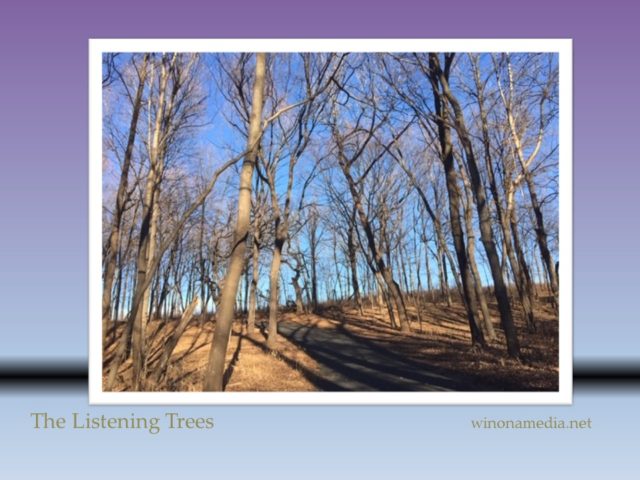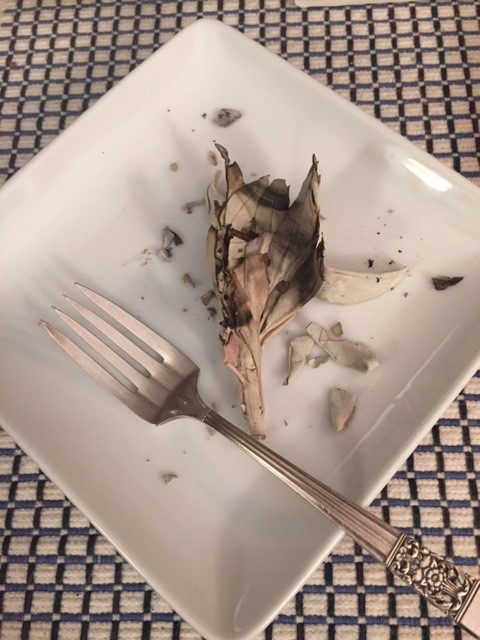
Postcard: December 14, 2020



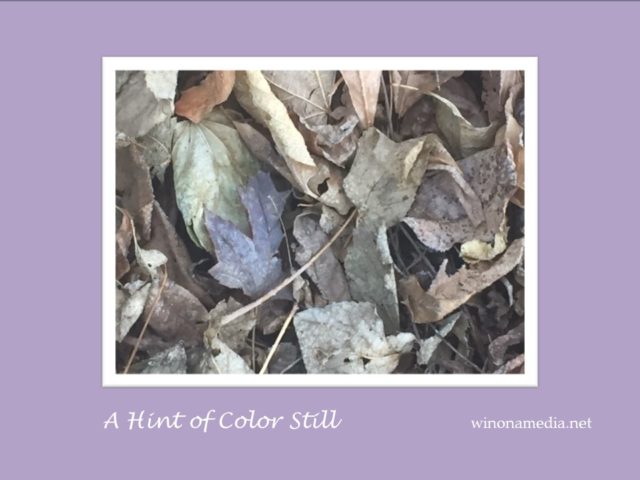

Sometimes, when you least expect it, you can make a new friend who lives on the other side of the world.
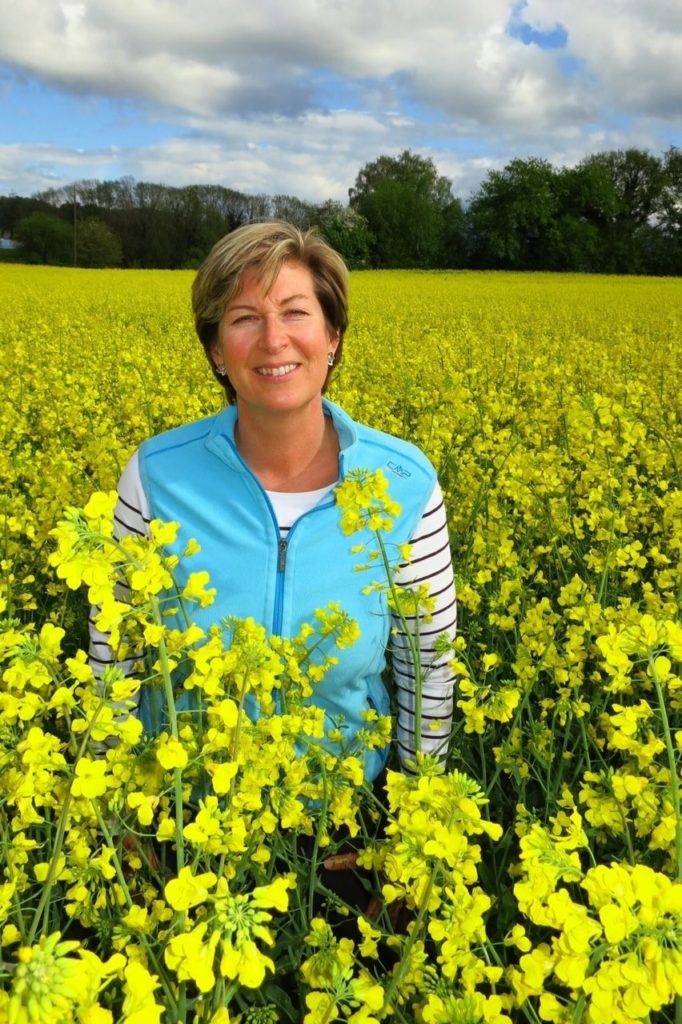
This past April, during the flurry of writing and posting a new poem each day for National Poetry Writing Month, I encountered the work of award-winning Elizabeth Boquet, raised in the States and now residing in Lausanne, Switzerland. I was drawn to the light-hearted word play in her work, and she followed my own poetic explorations. (It was delightful to me to learn that someone several time zones away recognized the landscape of Mongegan Island, off the coast of Maine that I explored in a poem called “Crossings” on April 29, 2020. Later on, when I read her poem, “Visiting Parents’ Ashes, Penobscot Bay,” I realized how very well she knows the Maine coast.)
Last summer, I was honored when Elizabeth asked if I might contribute a blurb for the cover of her first collection, Galoshes, which contains insightful, deeply soulful, and playful poems (mostly English and a few in French.) Naturally, I said “Yes!” Not only did I get to read a gallery copy but I now have a paper copy to read–and re-read–at my leisure. Let me tell you, on these grey wintery days of Covid-inflected cabin fever, I have been glad to step into Boquet’s often sunny mindscape. I visit and revisit the good aunt advice in “A Lockdown Sorta Sonnet,” the nostalgia of “Life is Like a Lady Slipper,” and the elegiac tone of “Carrying the Ashes,” among other favorites.
Take a look at Boquet’s website to see some of her work, or, to purchase your own copy of Galoshes (electronic or paper), you can click HERE. (Could make a lovely holiday gift for a word-loving friend!) Below, you can read some mini-reviews, including my own:
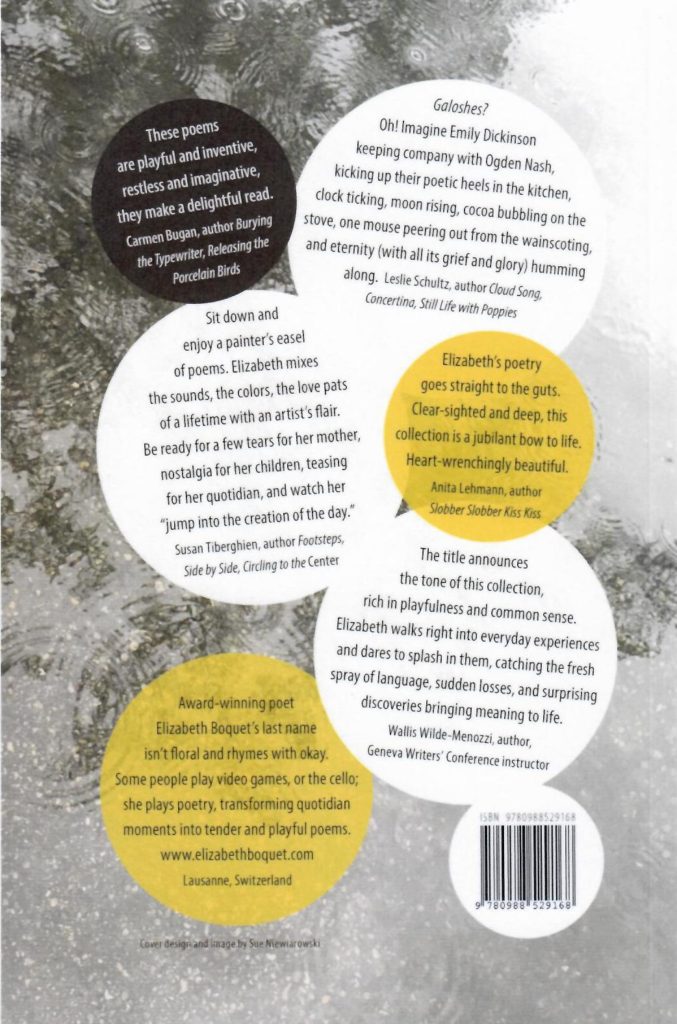
Another thing you will find on Boquet’s website are stunning graphic versions of some of the poems in Galoshes. Her dear friend and graphic designer, Sue Niewiarowski, (a specialist in book design) have frequently collaborated to present her poems in visual ways. Here is one of my own favorite examples.
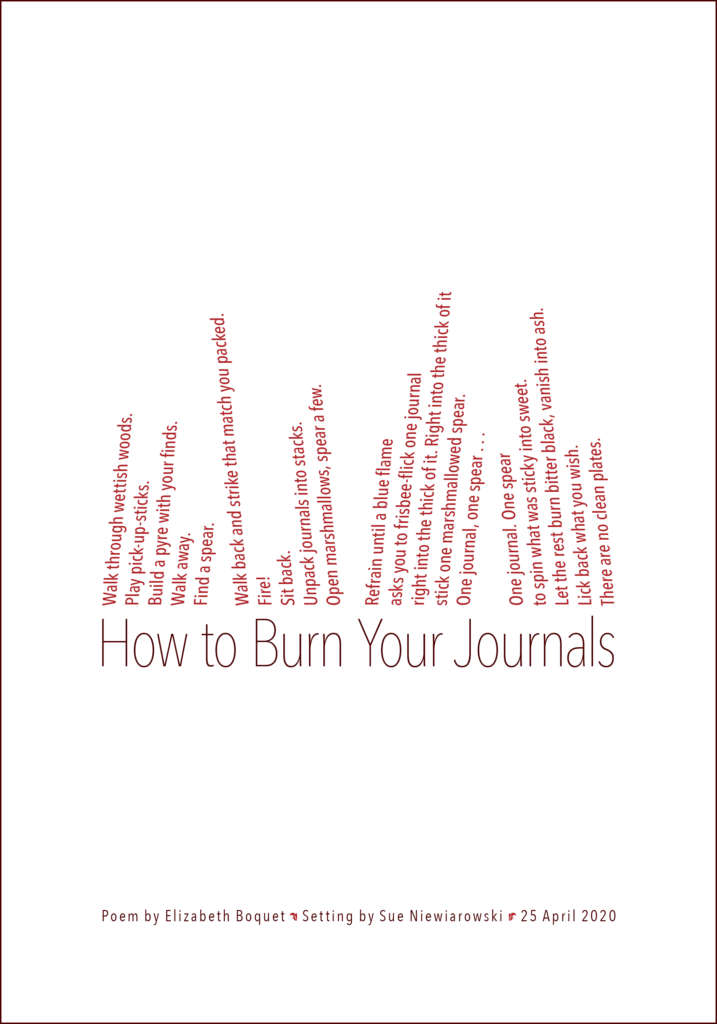
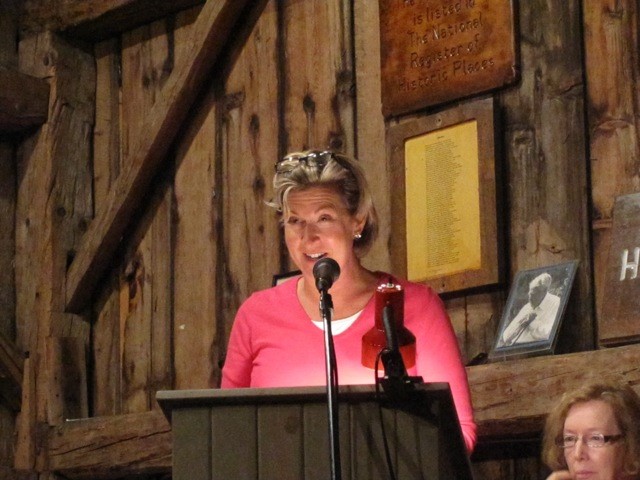
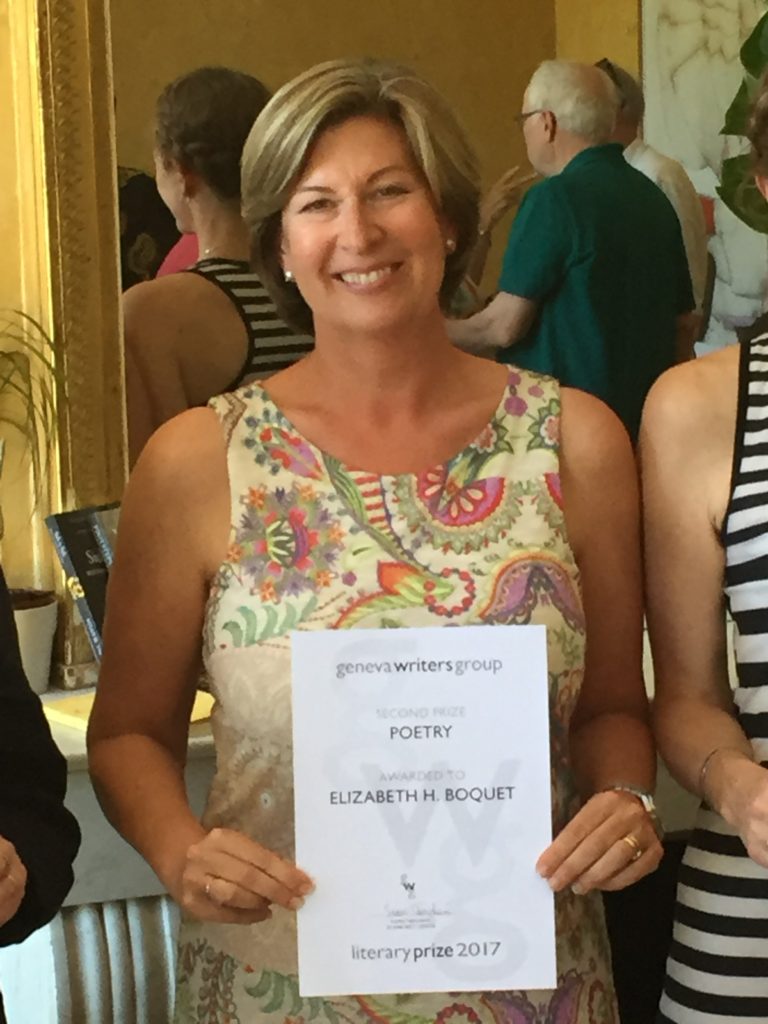
CONGRATULATIONS, ELIZABETH!
